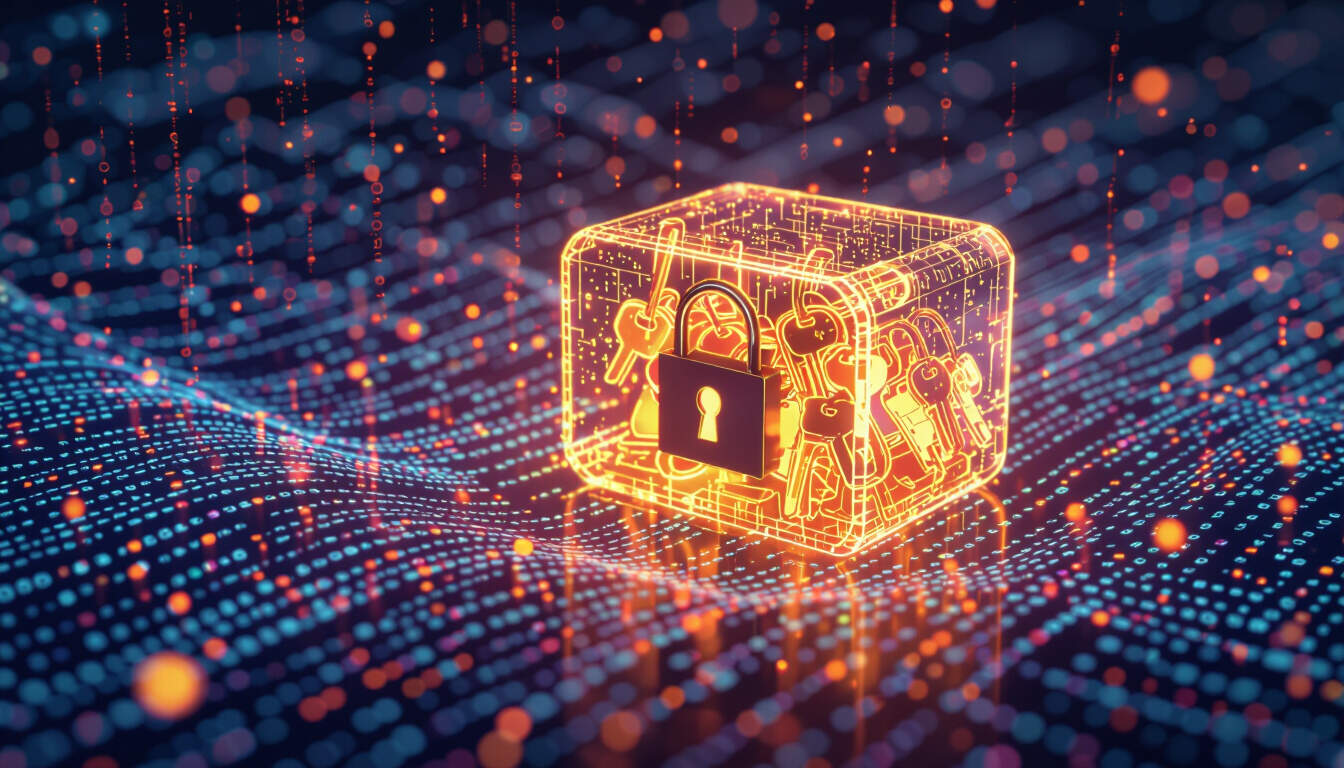Secure Encryption Key Management in Solo SaaS Architecture
 by Verner Mayer
by Verner Mayer
Encryption key management is essential for protecting data in solo SaaS projects. This article covers key strategies, step-by-step implementation, and real-world examples to help developers maintain security without overwhelming resources. Focus on practical tools and best practices for solo entrepreneurs.

Encryption key management forms the core of data security in solo SaaS architecture. For developers working alone, proper handling of keys ensures that sensitive information remains protected. Encryption serves as a fundamental layer, safeguarding user data from breaches.
In solo SaaS projects, developers often handle multiple responsibilities. This makes key management a critical task. Without effective strategies, even small oversights can lead to vulnerabilities. Consider a scenario where a solo developer builds a customer database application. If keys are not managed well, attackers could access encrypted data easily.
Start with the basics of key management. First, identify the types of keys needed, such as symmetric and asymmetric keys. Symmetric keys use the same key for encryption and decryption, making them faster for large data sets. Asymmetric keys involve a pair: one for encryption and one for decryption, which adds an extra layer of security for exchanges.
A step-by-step guide can simplify the process. Begin by selecting a key management system. Options include cloud-based services or on-premise solutions. For solo developers, cloud services offer convenience. Choose one that fits your budget and scale.
Next, generate keys securely. Use reliable tools like OpenSSL to create keys. For example, run a command to produce a 2048-bit RSA key. Store these keys in a secure vault immediately after generation. This prevents unauthorized access from the start.
Rotation of keys is another important step. Regularly update keys to minimize risks. Set a schedule, such as every six months, depending on your application's sensitivity. Key management systems often include automated rotation features, which save time for solo operators.
Real-world examples highlight the benefits. Take a solo SaaS app for online payments. The developer implemented key management by integrating with a service like AWS Key Management Service. This allowed seamless encryption of transaction data. As a result, the app passed security audits with ease, boosting user trust.
Another example involves a content management system built by an individual. By using hardware security modules, the developer ensured keys were protected against physical threats. This approach not only secured data but also complied with regulations like GDPR.
Best practices further enhance security. Always encrypt keys at rest and in transit. Use access controls to limit who can view or use keys. For instance, implement role-based access so only necessary parts of your code can retrieve keys.
Monitoring is key as well. Track key usage through logs. If unusual activity occurs, such as frequent access attempts, investigate promptly. Tools like logging software can automate this process, giving solo developers peace of mind.
In larger contexts, integrate key management with other security measures. For SaaS architecture, combine it with authentication protocols. This creates a comprehensive defense system.
Developers should also consider backup strategies. Regularly back up keys in encrypted formats and store them in separate locations. This ensures recovery if hardware fails.
Testing is crucial too. Simulate attacks on your key management setup to identify weaknesses. Use penetration testing tools for this purpose. By doing so, you can refine your approach before going live.
Finally, stay informed about updates. Security standards evolve, and new threats emerge. Attend webinars or read documentation from trusted sources to keep your knowledge current.
For solo SaaS developers, effective key management leads to reliable applications. By following these steps and examples, you can build secure systems that stand the test of time.
Common Challenges and Solutions
One challenge is scalability. As your SaaS grows, managing more keys becomes complex. Solutions include using managed services that handle scaling automatically.
Another issue is cost. Solo developers might worry about expenses. Opt for free or open-source tools initially, then upgrade as needed.
In summary, focusing on these elements makes encryption key management achievable and effective.
Quick Checklist
- Select a reliable key management system.
- Generate and store keys securely.
- Rotate keys on a regular basis.
- Monitor usage and access.
- Test and update your setup regularly.
